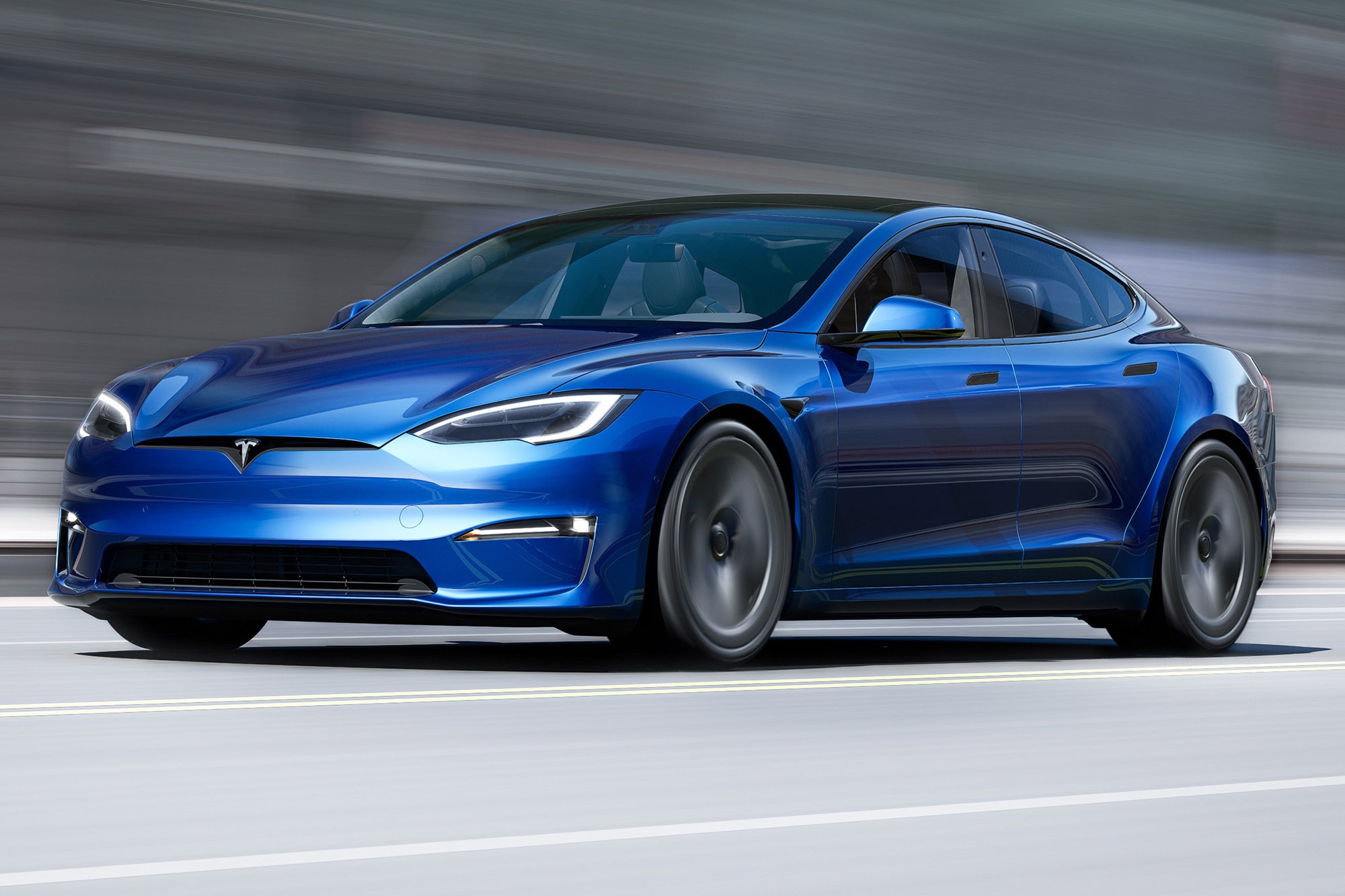How to Tell If a Tesla Has Been in a Crash
These clues can add up to a damaged vehicle you should avoid buying.
 Tesla
Tesla
Purchasing a used Tesla can mean opening yourself to the risk that the owner isn't being completely honest about its crash history. Fortunately, there are a number of steps you can take to verify whether the vehicle has been involved in an accident, ranging from standard inspections and records checks to Tesla-specific verifications.
Look for Basic Signs of a Past Crash
Several clues that an accident lurks in a vehicle's past apply to all brands, Tesla included. The first step in verifying a clean slate is to order a vehicle-history report. These services comb through DMV records and insurance claims associated with the vehicle identification number, and they can be a useful tool for detecting undisclosed incidents.
Not all accidents are reported to an insurance company, but physically inspecting the vehicle can also reveal important info. Look for areas of paint where the color doesn't quite match, overspray paint on trim, body panels that seem to have shifted from their original mounting points, replacement glass, and, especially underneath the vehicle, areas of rust that indicate components that might have been missed during the repair process. Better yet, have a local shop give the car a pre-purchase inspection.
There Might be Electronic Evidence
Modern cars are increasingly connected to tracking and data-collection services, and Tesla models are no exception. In fact, Tesla vehicles collect information before, during, and immediately after a crash. The recording is triggered by a "non-trivial physical occurrence," such as an impact.
This information from the car's Event Data Recorder (EDR) can be accessed by Tesla owners, typically in the context of an investigation by law enforcement, queries from an insurance company, or as part of the vehicle's sale. It's accessible via a Tesla cable and the Tesla EDR Retrieval Program, software that downloads the data from the recorder. The data can be uploaded to Tesla's website to generate a report showing the vehicle's history of impacts.
Battery Pack Damage is a Telltale Sign
A Tesla's battery pack is part of its overall structure and could receive damage in a serious accident. Not all battery pack problems indicate a collision in the past, but some can serve as a warning that an incident has occurred.
The easiest way to check on the performance status of a Tesla's battery pack is to ask the seller to use Tesla's mobile app to run a self-diagnosis. This will return a report indicating any range issues. Lower than expected range could be the result of normal wear, but if the vehicle is a relatively recent model, it could also indicate a failing battery pack.
You should also look for leaks from the vehicle's battery cooling system, as coolant leaks can occur after an impact to the underside of a Tesla. While you're examining the chassis, you should also inspect for any scoring, scratches, or punctures to the battery pack, each of which are warning signs of a collision that hasn't been properly repaired.
Written by humans.
Edited by humans.
 Benjamin Hunting
Benjamin HuntingBenjamin Hunting is a writer and podcast host who contributes to a number of newspapers, automotive magazines, and online publications. More than a decade into his career, he enjoys keeping the shiny side up during track days and always has one too many classic vehicle projects partially disassembled in his garage at any given time. Remember, if it's not leaking, it's probably empty.
Related articles
View more related articles